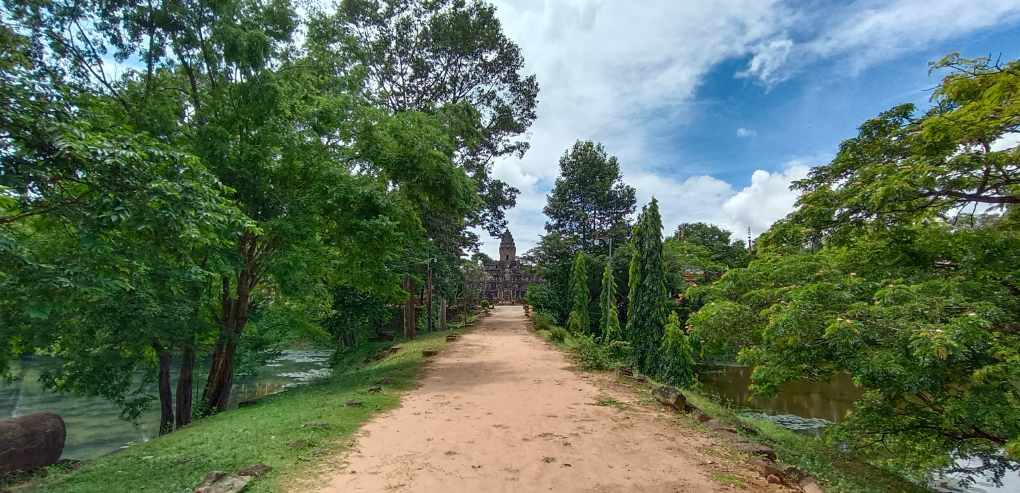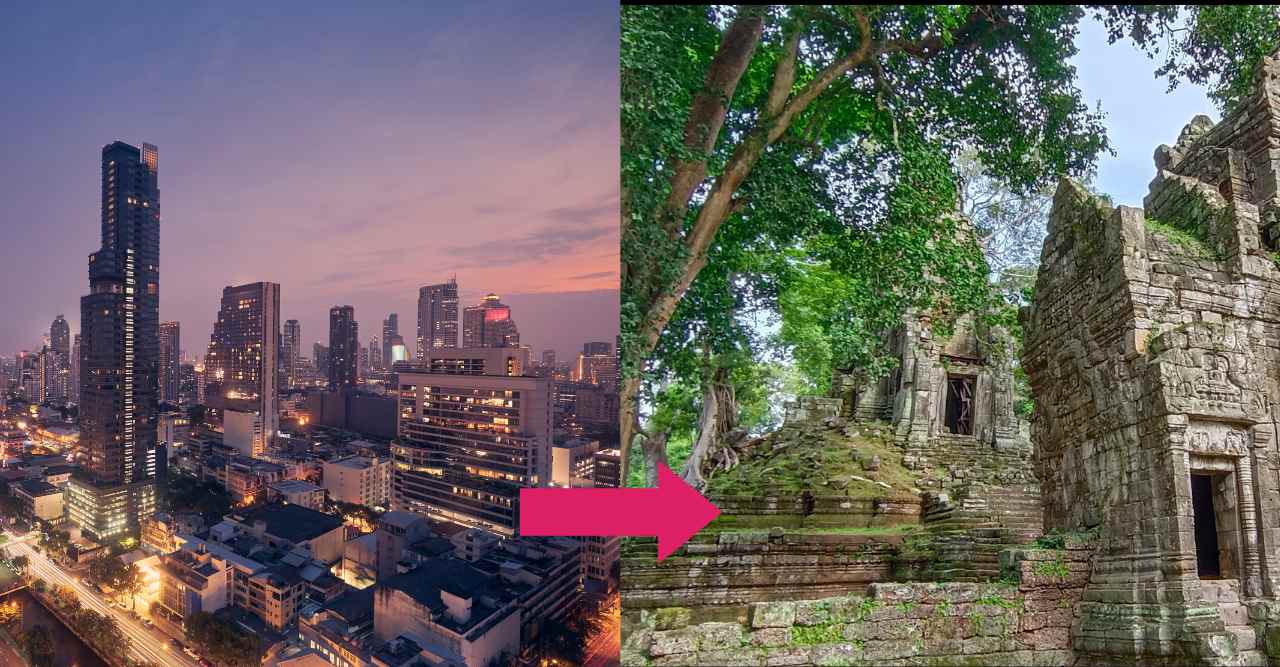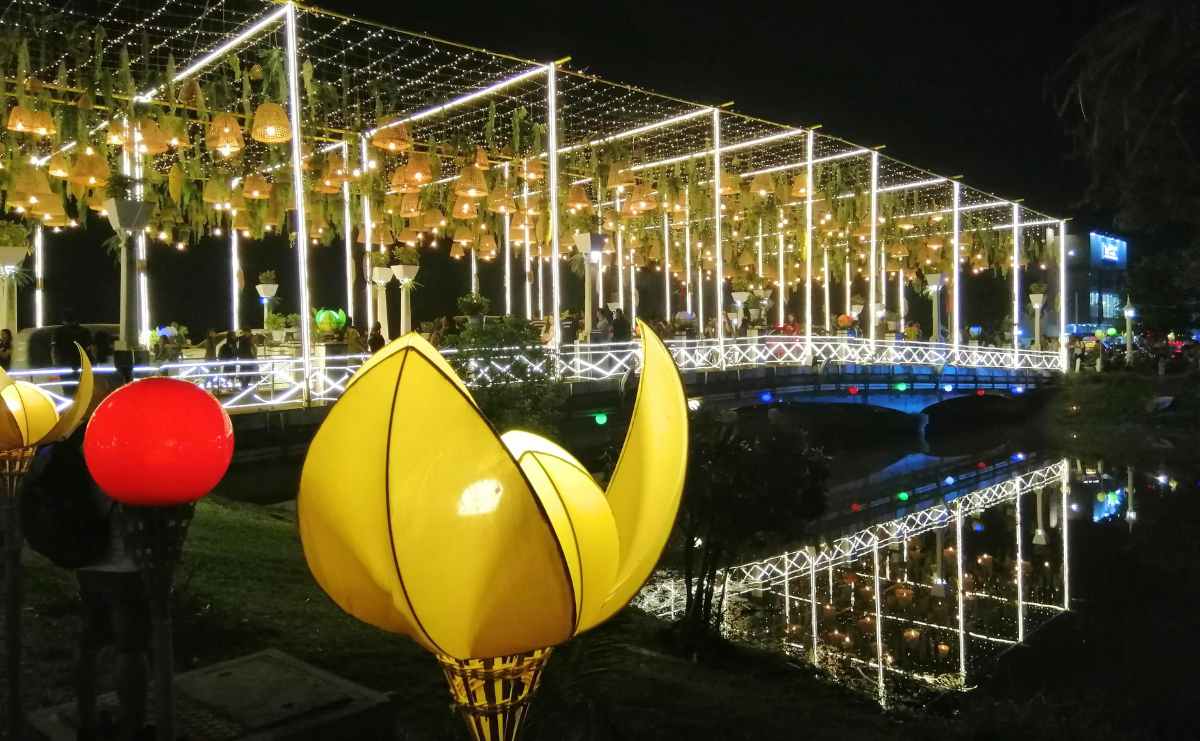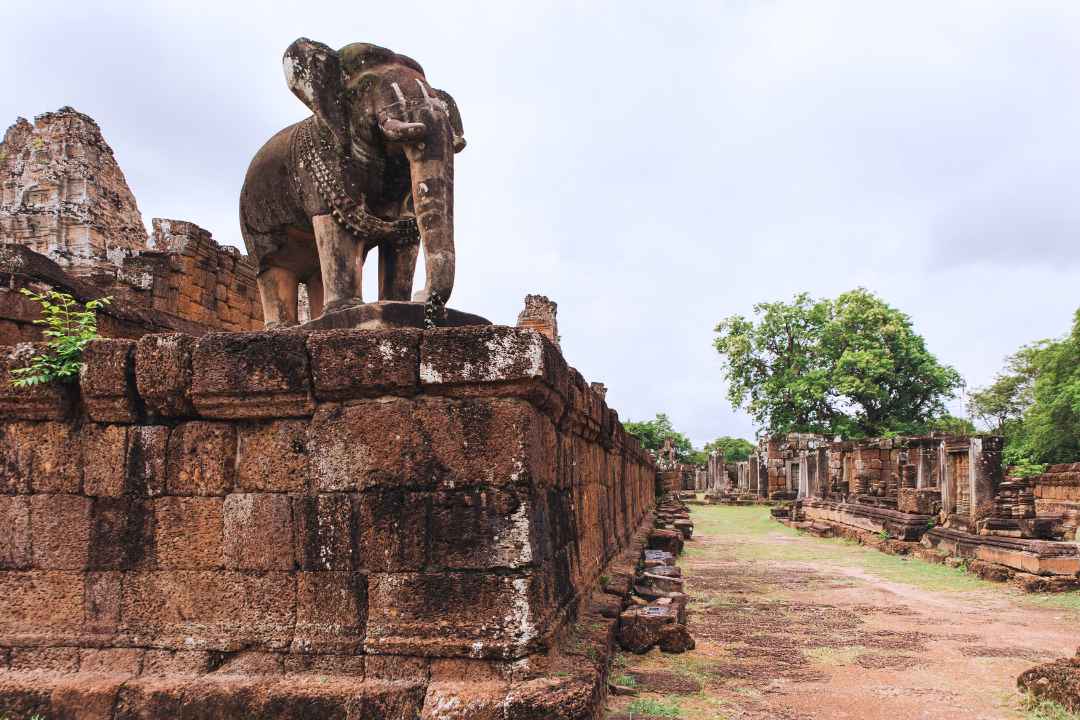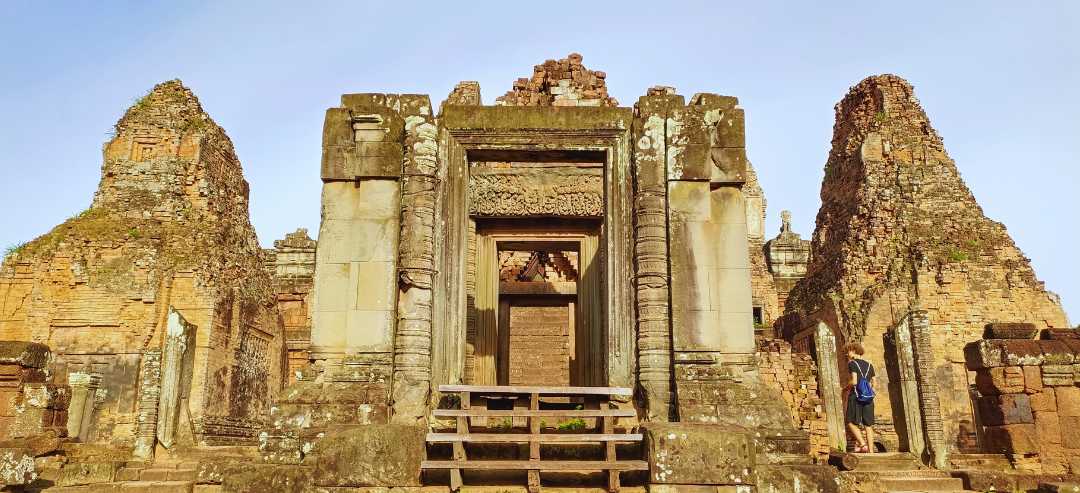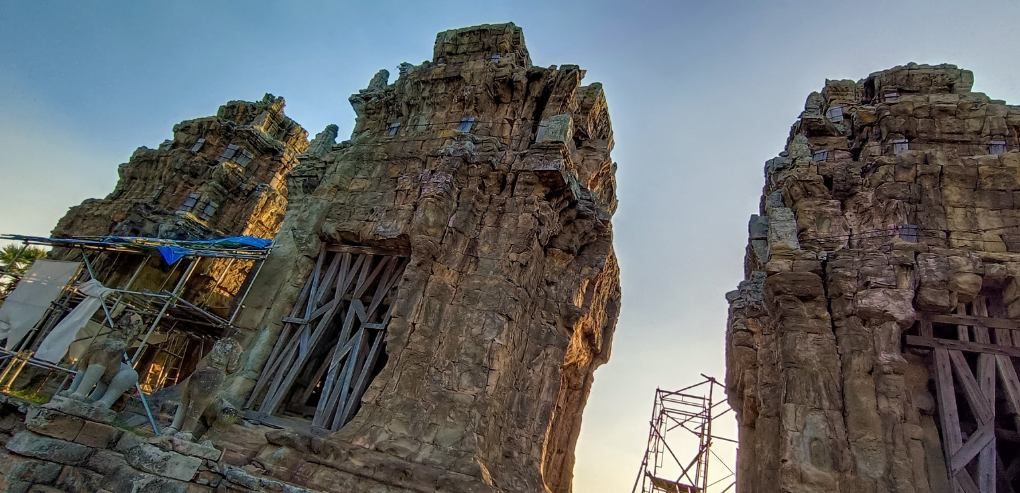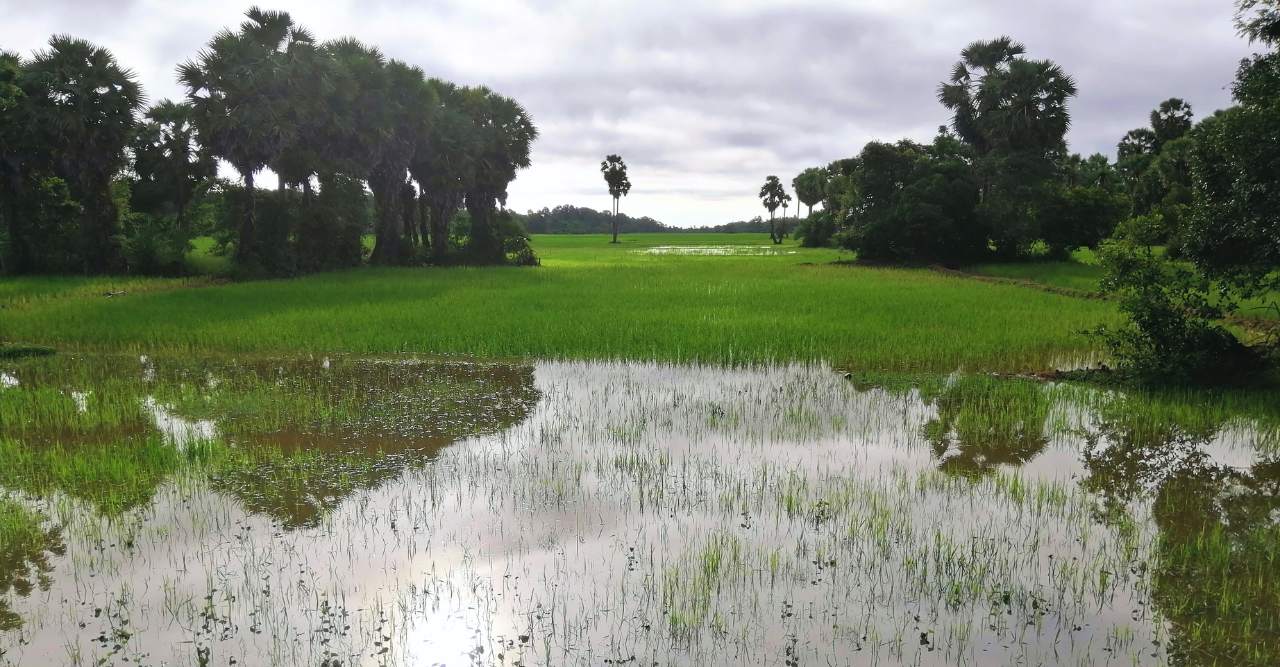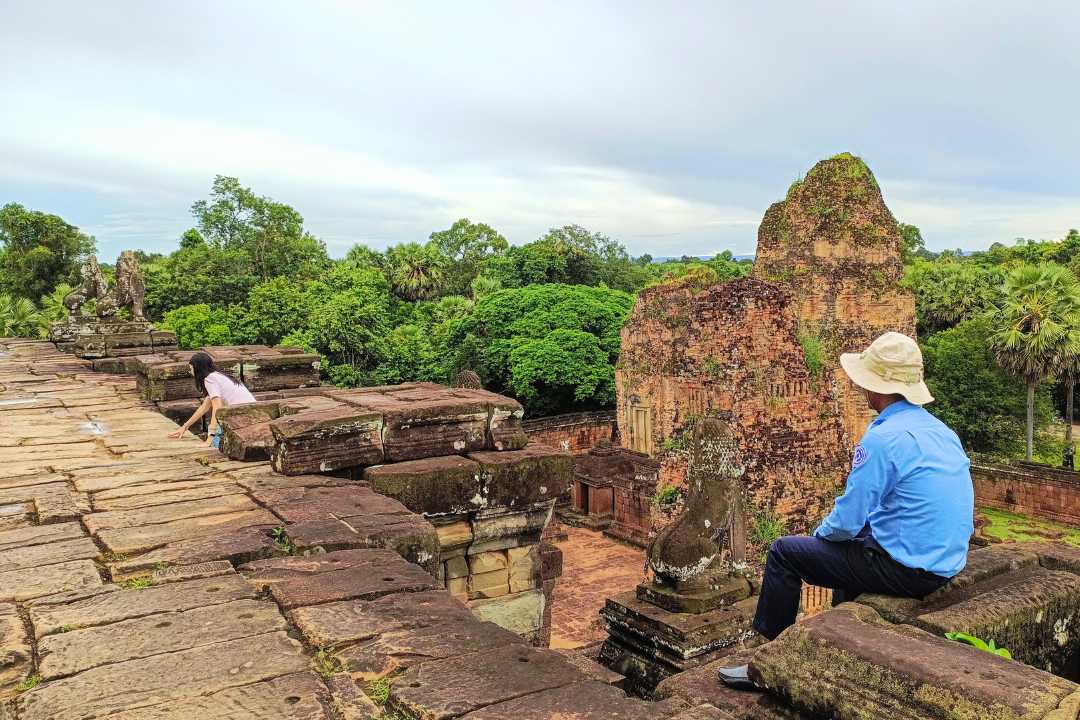Key Milestones in the Restoration of Phnom Bakheng Temple You Need to Know
Have you ever wondered what it takes to bring an ancient temple back to life? Imagine a 1,100-year-old structure, worn down by time and nature, slowly being pieced back together like a giant puzzle. That’s exactly what’s happening right now at the Phnom Bakheng Temple in Cambodia!
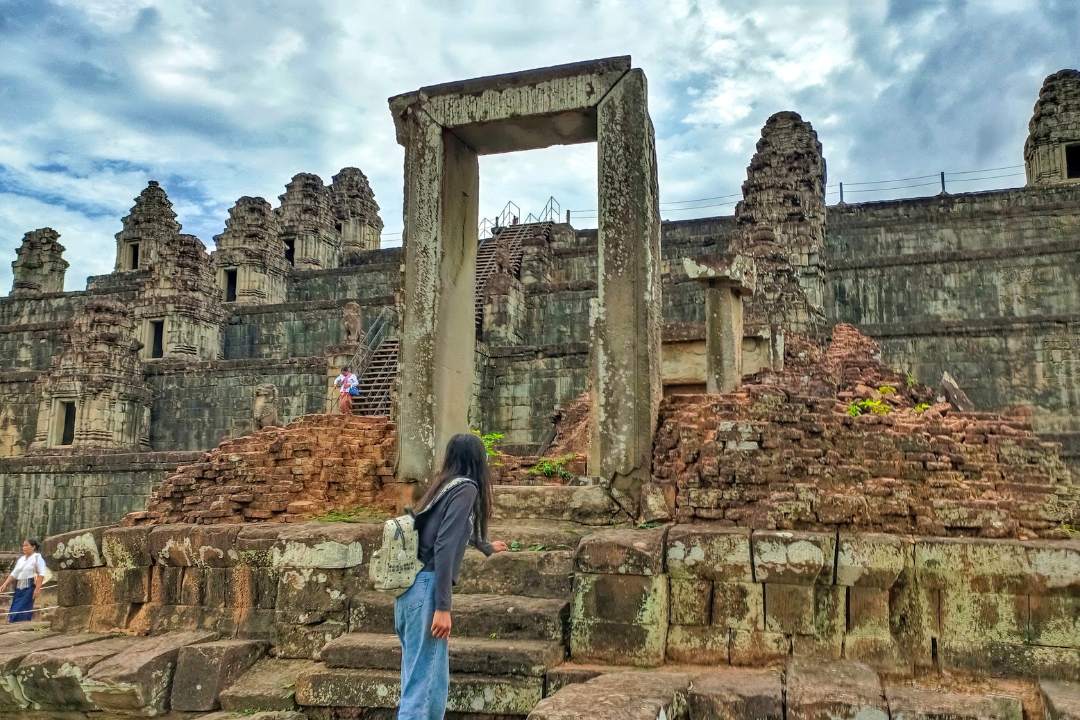
This isn't just any old building project - it's a race against time to save a piece of history.
Did you know that parts of this temple are so damaged, they’re like a sandcastle after a wave hits it?
Or that tree roots are growing through the walls like sneaky fingers?
And get this – the experts working on it are like time-traveling architects, figuring out how people built stuff over a thousand years ago!
Want to see history in the making? You can! Tourists are still allowed to visit while the restoration is going on. It’s like watching a live TV show, but instead of actors, you’ve got people fixing up an ancient wonder!
Editor’s Note: Hey there, history buffs and curious cats! Guess what? We’ve just updated this article with the latest scoop on the Restoration of Phnom Bakheng Temple! Yep, we’ve got the fresh-off-the-press info straight from the APSARA folks and the brainy experts working on-site. We’re talking brand new details about how they’re piecing this ancient puzzle back together. It’s like watching history get a facelift in real-time! So, grab your virtual hard hat and let’s dive into this time-traveling adventure.
Here’s what you need to know about the Restoration Progress at Phnom Bakheng Temple:
- What’s being fixed? The southwest wall of the temple’s second platform is getting a major makeover. It’s super damaged, especially at the corners where the stones have almost completely worn away.
- Why is it so messed up? Time, rain, and sneaky tree roots have all played a part in breaking down the temple. It’s like nature is trying to reclaim the land!
- When did this all start? The restoration project kicked off in August 2019. That’s a long time, but when you’re dealing with something this old and important, you can’t rush!
- Who’s doing the work? It’s a team effort! The APSARA National Authority from Cambodia is working with the World Monument Fund from the United States. It’s like an international superhero team for old buildings!
- What’s been fixed so far? They’ve already finished fixing up four small temples (called shrines) and are almost done with five staircases. Plus, they’ve fixed big chunks of the floors and walls on different levels of the temple.
- When will it be done? The plan is to finish this part of the restoration by the end of 2024. But with old buildings, you never know what surprises might pop up!
- Can I still visit? You bet! The Angkor Archaeological Park is still open to visitors. In fact, over 650,000 people from all over the world came to check it out in just the first eight months of 2024!
Restoration of Phnom Bakheng Temple: By the Numbers
Restoration Progress
Tourism Impact (Jan-Aug 2024)
Historical Context
Now, let’s dive deeper into this awesome restoration adventure!
Piecing Together the Past – The Exciting Journey of Fixing Phnom Bakheng Temple
Picture this: You’re standing in front of a massive, ancient temple. It’s old – really old. We’re talking older than your great-great-great (add a bunch more greats) grandparents! This is Phnom Bakheng Temple, and it’s getting a much-needed facelift.
Built way back in the late 800s (that’s over 1,100 years ago!), this temple has seen a lot. It was made when King Yasovarman I was in charge, and it’s one of the star attractions in the Angkor Archaeological Park. This park is super special – it’s even on the UNESCO World Heritage Site list!
But here’s the thing: being super old means it needs a lot of TLC (that’s Tender Loving Care, for those who aren’t into abbreviations). That’s where the restoration progress comes in. It’s like a giant game of Operation, but instead of removing funny bones, expert workers are fixing up ancient stones.
Let’s break down what’s going on:
The Big Problem: The Southwest Wall
Imagine a wall that’s been standing for over a thousand years. Now, picture 90% of it being damaged. That’s what we’re dealing with here! The corners of the wall are in really rough shape – the stones have almost completely worn away. It’s like someone took an eraser to parts of the temple!
Why is it so beaten up? Well, there are a few culprits:
- Father Time: Just being around for so long takes its toll.
- Mother Nature: Rain and wind have been slowly eating away at the stones.
- Sneaky Trees: Roots have been growing into the walls, pushing them apart like they’re playing a game of stone Jenga.
The Fix-It Plan
So, how do you fix something this old and fragile? Very carefully! The restoration project started in August 2019, and it’s still going strong. Here’s what they’ve done so far:
- Fixed up four shrines (mini-temples)
- Almost finished repairing five staircases (90% done!)
- Fixed about 30% of the floors on the third and fourth levels
- Repaired about 80% of the walls on the first, third, and fourth levels
It’s like putting together the world’s biggest, oldest puzzle!
Who’s Doing All This Work?
It’s not just one group of people working on this. It’s a team effort! The APSARA National Authority (that’s the Cambodian group in charge of looking after these old temples) is working with the World Monument Fund from the United States. It’s like an international superhero team, but instead of fighting bad guys, they’re fighting time and erosion!
“We’re working hard to save this important piece of cultural heritage,” says Long Kosal, a spokesperson for the APSARA National Authority. “It’s not easy, but it’s worth it to keep this amazing place standing for future generations.”
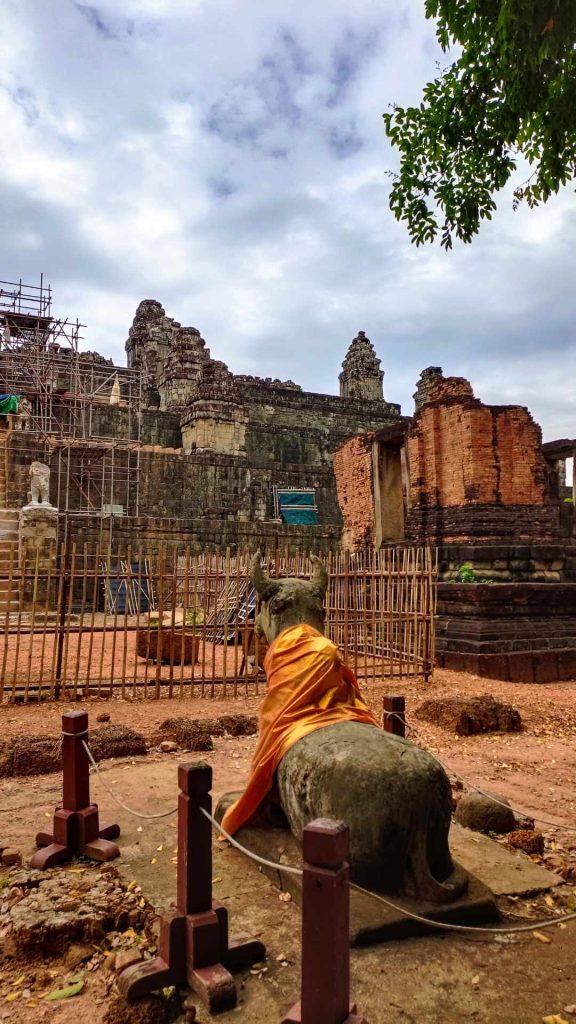
The Challenges
Fixing up an ancient temple isn’t a walk in the park. The team faces some tough challenges:
- Weather Woes: Heavy rains and strong winds can make work tricky.
- Delicate Work: They have to be super careful not to damage anything while they’re fixing it.
- Puzzle Pieces: Figuring out where all the fallen stones go is like trying to solve a 3D jigsaw puzzle without the picture on the box!
But despite all these challenges, the team is making great progress. They’re hoping to finish this phase of the restoration by the end of 2024.
Can You Still Visit?
Yes, you can! Even with all this work going on, the Angkor Archaeological Park is still open for business. In fact, from January to August 2024, over 650,000 people from all around the world came to check it out. That’s a lot of curious visitors!
If you want to see the restoration in action, you can take a tour to Phnom Bakheng Temple. It’s like watching a live history show!
Why Is This So Important?
You might be wondering, “Why go through all this trouble for an old building?” Well, Phnom Bakheng Temple isn’t just any old building. It’s a window into the past. By saving it, we’re saving a piece of history.
Think about it: This temple has been standing since before many countries even existed. It’s seen empires rise and fall, survived wars, and watched as the world changed around it. By fixing it up, we’re making sure that future generations can see and learn from this amazing piece of cultural heritage.
Plus, it’s not just about the past. The Angkor Archaeological Park is super important for Cambodia today. All those visitors we mentioned earlier? They brought in over $30 million just from ticket sales! That’s money that helps the local community and supports more conservation work.
What’s Next?
The team still has a lot of work ahead of them. They’re focusing on the southwest wall right now, but there’s more to do after that. It’s an ongoing process to keep these ancient temples standing.
But every stone they put back in place, every wall they strengthen, is a step towards preserving this amazing place for the future. It’s like they’re time travelers, connecting the past to the present and future!
Want to See It for Yourself?
If all this talk about ancient temples and restoration has got you excited, why not plan a visit? You can see the Phnom Bakheng Temple and catch an amazing sunset at the same time with a Phnom Bakheng sunset tour. Or, if you want to see even more of the incredible Angkor area, check out the 3-day Angkor sunrise tour. It’s a chance to see history up close and personal!
Timeline of Angkor Wat’s History:
- 802 AD: The Angkor period begins with King Jayavarman II
- Late 9th century: Phnom Bakheng Temple is built by King Yasovarman I
- Early 12th century: Angkor Wat is built by King Suryavarman II
- Late 12th century: Angkor Thom and Bayon Temple are built by King Jayavarman VII
- 15th century: Angkor is mostly abandoned
- 1860s: French naturalist Henri Mouhot “rediscovers” Angkor
- 1908: France starts restoration work at Angkor
- 1992: Angkor Archaeological Park becomes a UNESCO World Heritage Site
- 2019: Current restoration project at Phnom Bakheng Temple begins
So there you have it! The restoration progress at Phnom Bakheng Temple is more than just fixing up an old building. It’s a journey through time, a battle against nature, and a labor of love to keep history alive. Next time you see an old building, think about all the stories it could tell – and the hard work it might take to keep those stories standing!
Featured
Explore more on My Siem Reap Tours
Koh Ker and Beng Mealea guided tour | Banteay Srei temple tour semi-private guided tour | Angkor Wat Sunrise shared tour | Koh Ker and Beng Mealea guided tour | Morning Siem Reap floating village tour | Afternoon Siem Reap floating village tour | Private Angkor Wat special tour | Kulen Waterfall small group guided Tour | Private Angkor Wat mix temples photo tour

